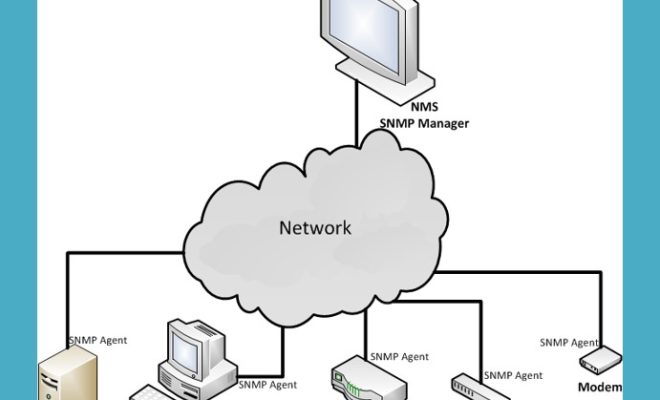What Is Career Cushioning, and How Can You Do It?

Career cushioning is an important strategy that helps professionals advance in their careers while ensuring they have a solid safety net to fall back on in case things don’t go as planned. Essentially, it is the idea of building a career with a focus on acquiring new skills, expanding networks, and growing your reputation, so you always have options and opportunities available.
In today’s volatile job market, the need for career cushioning has become more critical than ever. The threat of automation, economic downturns, and changing industry trends means that job security is a thing of the past. You never know when you could suddenly find yourself out of work and looking to start over. This is why career cushioning is essential.
So, how can you effectively cushion your career? Here are some strategies to consider:
1. Continuously Learn and Upskill: The first step in career cushioning is to keep pace with the changing industry trends by learning new skills and updating your knowledge. This can involve taking courses, getting certifications, or simply reading blogs and attending industry events. The more skills you have, the more valuable you become to potential new employers.
2. Build Your Network: Networking is a critical part of career cushioning. Building strong professional relationships with people in your industry will help you keep abreast of job opportunities, receive recommendations, and even get feedback on your career goals. By attending networking events and building a LinkedIn profile, you can connect with professionals who can help you advance in your career.
3. Develop a Strong Personal Brand: A personal brand is the image you project to the world through your resume, social media profiles, and other online presence. Building a strong personal brand that reflects your skills, values, and personality can help you stand out from the competition. This is especially important in competitive job markets where your personal brand can make all the difference.
4. Diversify Your Experience: It’s essential to diversify your experience by taking on projects and assignments outside your current job description. This could involve volunteering for new projects, cross-training in other areas, or taking on different job responsibilities. Gaining exposure to different aspects of your industry will broaden your skills while also making you more attractive to potential employers.
5. Create Multiple Revenue Streams: Lastly, creating multiple revenue streams can help cushion your career against economic downturns and other career setbacks. This could include freelancing, consulting, or even creating a side business that complements your primary job. By earning income from multiple sources, you become more resilient to career upheavals.
In conclusion, career cushioning is all about creating a backup plan for your career. By continuously learning, building a network, developing a strong personal brand, diversifying your experience, and creating multiple revenue streams, you position yourself well to navigate the ups and downs of your career. By adopting career cushioning as part of your job security plan, you can gain peace of mind while also positioning yourself for long-term career success.






